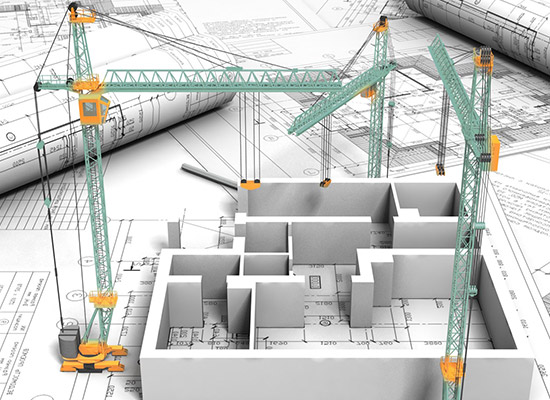Civil Engineering Surveying
- Home
- Civil Engineering Surveying
Civil engineering surveying is a branch of civil engineering that deals with the measurement and mapping of land and its features. It involves the use of various techniques and equipment to determine the location, size, shape, and contour of land features, such as buildings, roads, bridges, and natural landscapes. The data collected from surveying is used to design and construct various civil engineering projects, including transportation systems, water supply systems, and land development projects. Surveying plays a critical role in ensuring that civil engineering projects are planned and executed accurately, efficiently, and safely. Alisons Academy has well qualified civil engineers who have esteemed experience in handling civil related works. We have associates qualified from Institution of Values. Our civil engineering division also has engineers qualified as Chartered Engineer from the Institution of Engineers and Engineering Council of India.
We provide the following services in utmost confidence. Civil engineering surveying is an essential component of the design and construction of civil engineering projects. It provides the necessary information to engineers and construction professionals to ensure that projects are designed accurately and constructed safely. Surveying also plays a critical role in ensuring that projects are completed on time and within budget.


It Includes
Land Surveying: Land surveying is the most common type of civil engineering surveying. It involves measuring and mapping the features of the land, including boundaries, contours, and topography. Land surveying is used to establish property boundaries, design land subdivisions, and create maps for construction projects.
Construction Surveying: Construction surveying involves measuring and marking out the location of structures and infrastructure during the construction process. This includes setting out the location of buildings, roads, bridges, and other structures on the ground.
Geodetic Surveying: Geodetic surveying involves the use of advanced mathematical and physical principles to determine the size and shape of the earth’s surface. It is used to establish accurate global positioning and to measure large-scale changes in the earth’s surface.
Hydrographic Surveying: Hydrographic surveying involves measuring and mapping the underwater features of rivers, lakes, and oceans. It is used to design and construct water-related infrastructure, such as dams, ports, and coastal defenses.
Mining Surveying: Mining surveying involves measuring and mapping the underground features of mines and tunnels. It is used to design and construct mining infrastructure, such as shafts and tunnels, and to
ensure the safety of mine workers.
Download the Ultimate Guide
Grab the opportunity and start your odyssey with us before time runs out!

